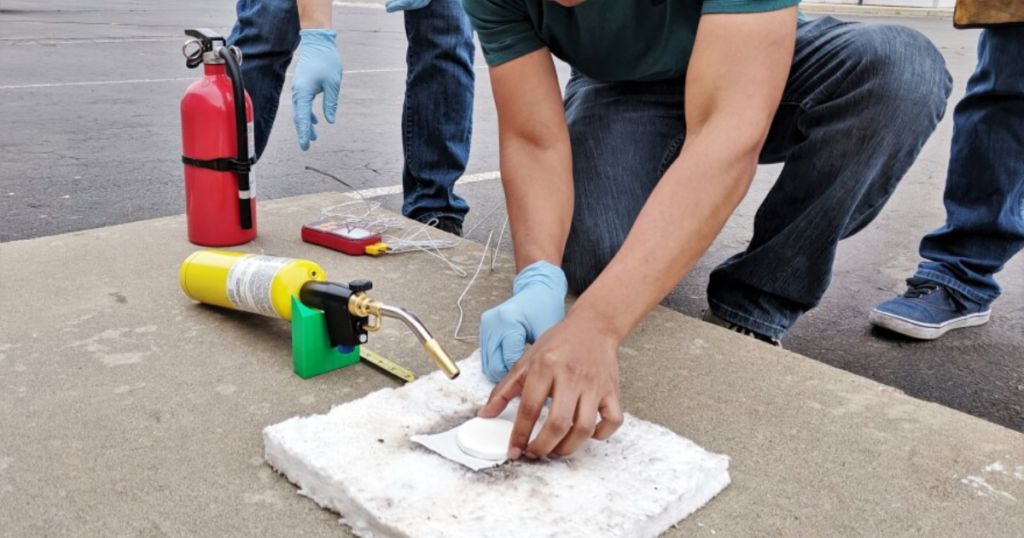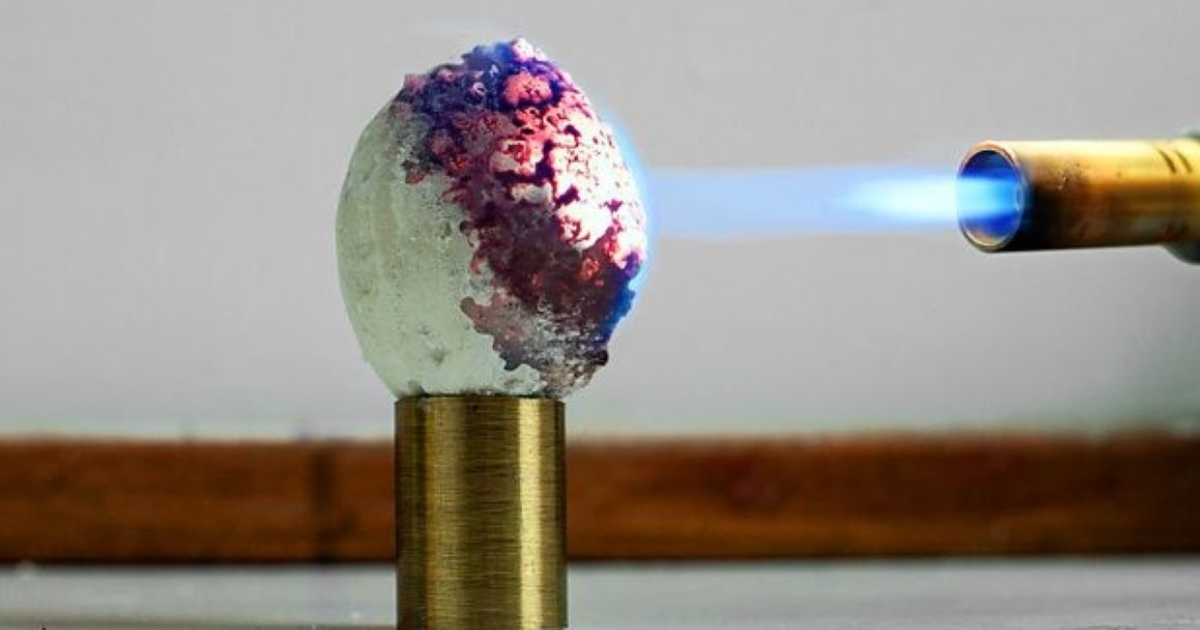Introduction
In the 1980s, a British hairdresser and amateur scientist named Maurice Ward claimed to have invented a revolutionary material called Starlite. This mysterious substance was said to be capable of withstanding extreme heat and even direct exposure to a nuclear blast. Despite numerous successful demonstrations and interest from top scientific institutions and military agencies, Starlite mysteriously vanished from public view. This article explores the origins of Starlite, its incredible properties, and the conspiracy theories surrounding its disappearance.
The Discovery of Starlite
Maurice Ward, an unassuming inventor with no formal scientific training, developed Starlite in the 1980s. According to Ward, the material was a special polymer-based compound reinforced with ceramic and other secret ingredients. He kept the exact formula a closely guarded secret, revealing it only to close family members. Unlike conventional heat-resistant materials, Starlite was lightweight, non-toxic, and incredibly resilient.
Ward first came up with the idea after witnessing a tragic airplane fire in the 1980s. Disturbed by how quickly flames consumed the aircraft, he set out to develop a material that could withstand intense heat and prevent catastrophic fire-related accidents. With no access to high-tech laboratories, he experimented in his home workshop, refining his secret recipe through trial and error.
The Astonishing Properties of Starlite
During live demonstrations, Starlite repeatedly defied expectations. Some of its remarkable properties included:
- Extreme Heat Resistance: In televised experiments, Starlite was subjected to direct blasts from a high-powered blowtorch, reaching temperatures over 2,500°C, yet it remained unscathed.
- Nuclear Blast Protection: Reports suggested that Starlite could endure simulated nuclear explosions without degrading.
- Lightweight and Flexible: Unlike other fireproof materials, Starlite was not rigid or heavy, making it highly versatile for various applications.
- Energy Insulation: The material could prevent extreme heat from transferring to objects behind it, meaning it could be a game-changer for space exploration and military applications.
- Non-Toxic and Environmentally Friendly: Unlike asbestos and other fireproofing materials, Starlite was believed to be safe for human exposure, free from harmful chemicals.
The Interest from Governments and Corporations
Starlite’s potential caught the attention of numerous organizations, including NASA, Boeing, and the UK Ministry of Defence. They saw its applications in aerospace, firefighting, and nuclear safety as groundbreaking.
NASA was particularly interested in using Starlite to improve spacecraft heat shielding. If the material was as effective as claimed, it could replace traditional thermal protection systems and significantly improve astronaut safety during atmospheric re-entry. The British Ministry of Defence also explored its applications for military vehicles and personal protective gear for soldiers exposed to extreme temperatures.
Ward was invited to multiple closed-door meetings with government agencies and corporate executives. He conducted several demonstrations but remained hesitant to release his secret formula. He feared that if he sold Starlite to a major company or government agency, he would lose control over its usage and possibly never see any financial reward for his invention.

The Mysterious Disappearance
Despite widespread interest and successful demonstrations, Starlite never reached the market. Several theories attempt to explain why:
- Ward’s Reluctance to Sell the Formula: Ward was highly protective of Starlite’s composition and refused to sign over the rights without strict conditions, possibly deterring potential buyers.
- Corporate and Government Suppression: Some speculate that powerful entities may have suppressed Starlite’s development to protect existing industries in fireproofing and aerospace.
- Technical or Commercial Limitations: It is also possible that scaling up Starlite’s production was more challenging than anticipated, or its long-term durability was questioned.
- Espionage and Industrial Theft: Some believe that intelligence agencies or competing businesses may have obtained the formula through covert means and kept it hidden from the public.
- Lack of Verification from the Scientific Community: While Starlite was publicly tested under controlled conditions, it was never subjected to rigorous, peer-reviewed scientific analysis. Some skeptics suggest that its effectiveness was exaggerated or that it was only useful under certain conditions.
What Happened to Starlite?
After Maurice Ward’s death in 2011, the fate of Starlite became even more uncertain. Some claim that his family holds the secret formula, while others believe it has been lost forever. Ward once mentioned that he had shared parts of the formula with his family, but to this day, no one has been able to successfully replicate Starlite or prove its composition.
Several attempts have been made to reverse-engineer Starlite. Scientists and materials experts have analyzed footage and descriptions of the substance, but no known material has been able to replicate all of Starlite’s claimed properties. Some believe that Ward’s secret recipe contained rare or unconventional ingredients that made it difficult to reproduce without his knowledge.
There is also speculation that a government or private entity may have already acquired and classified Starlite, preventing public knowledge of its existence. If true, the material could be in use for secret military or aerospace projects.
Could Starlite Be Rediscovered?
With advances in modern material science, researchers are exploring new heat-resistant materials that share some characteristics of Starlite. Aerogels, ceramic composites, and carbon-based nanomaterials are being developed to withstand extreme heat while remaining lightweight and flexible. Some scientists believe that we may one day create a material that surpasses Starlite’s capabilities using nanotechnology and advanced polymers.
However, unless the original formula is rediscovered or revealed, Starlite will remain one of the great lost inventions of the modern era.
Conclusion
The mystery of Starlite remains one of the most fascinating unsolved stories in modern material science. Whether it was truly a lost breakthrough or an overhyped invention, its legacy continues to intrigue scientists, engineers, and conspiracy theorists alike. If rediscovered, Starlite could revolutionize fire safety, aerospace technology, and energy efficiency, making it one of the greatest lost opportunities in scientific history.
For now, Starlite remains an enigma—an invention that could have changed the world but instead faded into obscurity. Was it truly the fireproof miracle its creator claimed, or was it simply too good to be true? Until new evidence emerges, the truth about Starlite remains just out of reach.
